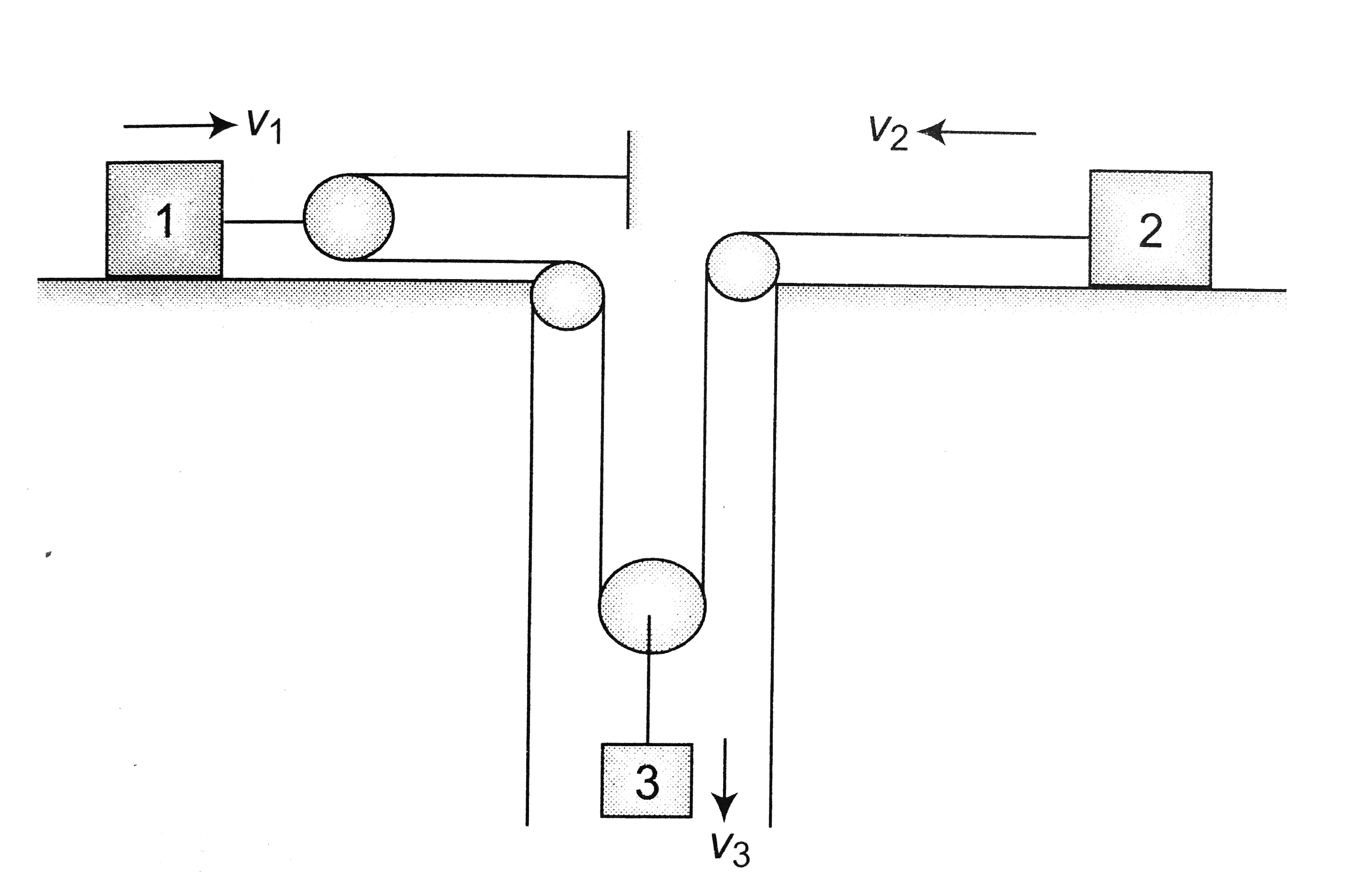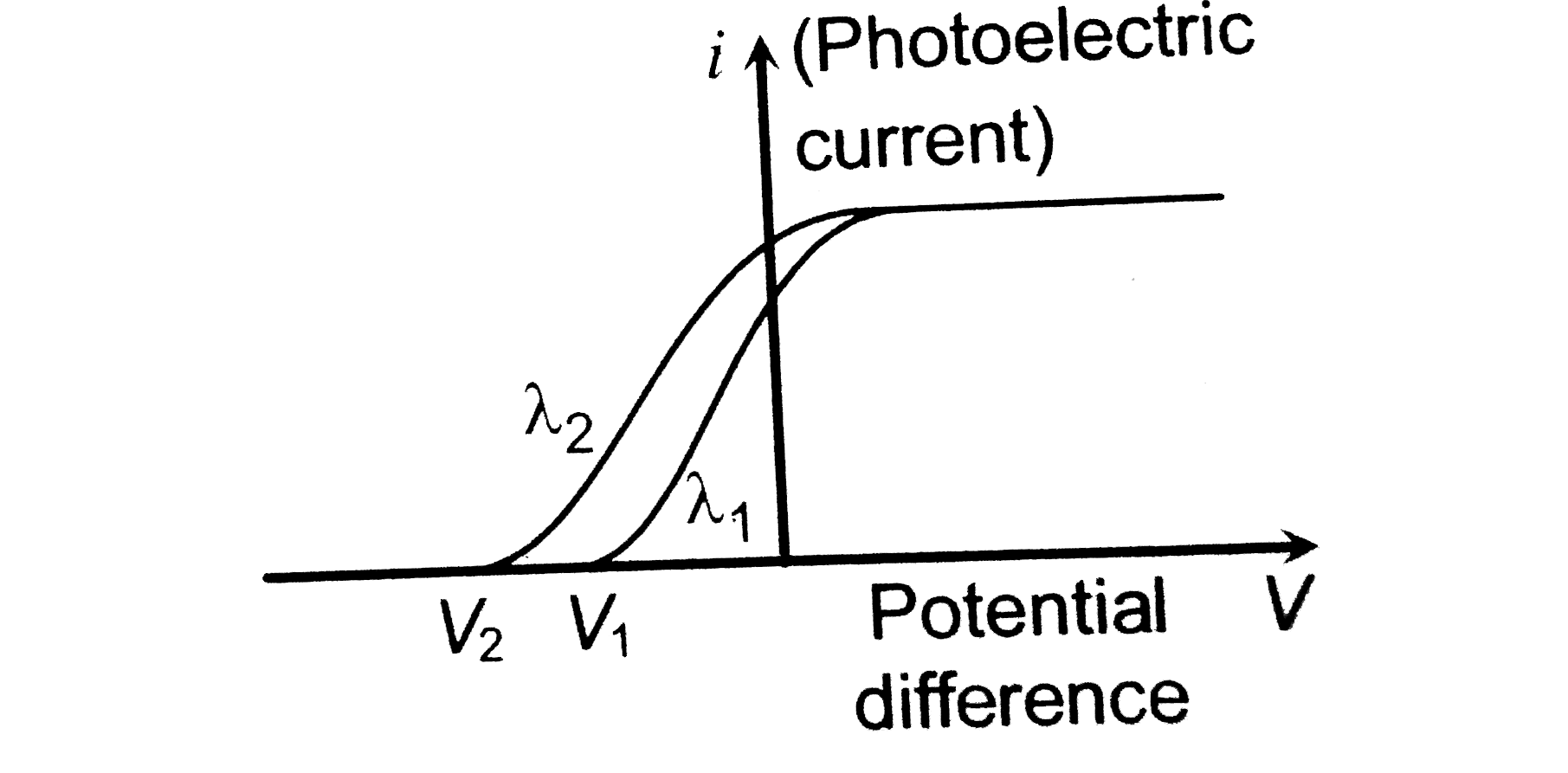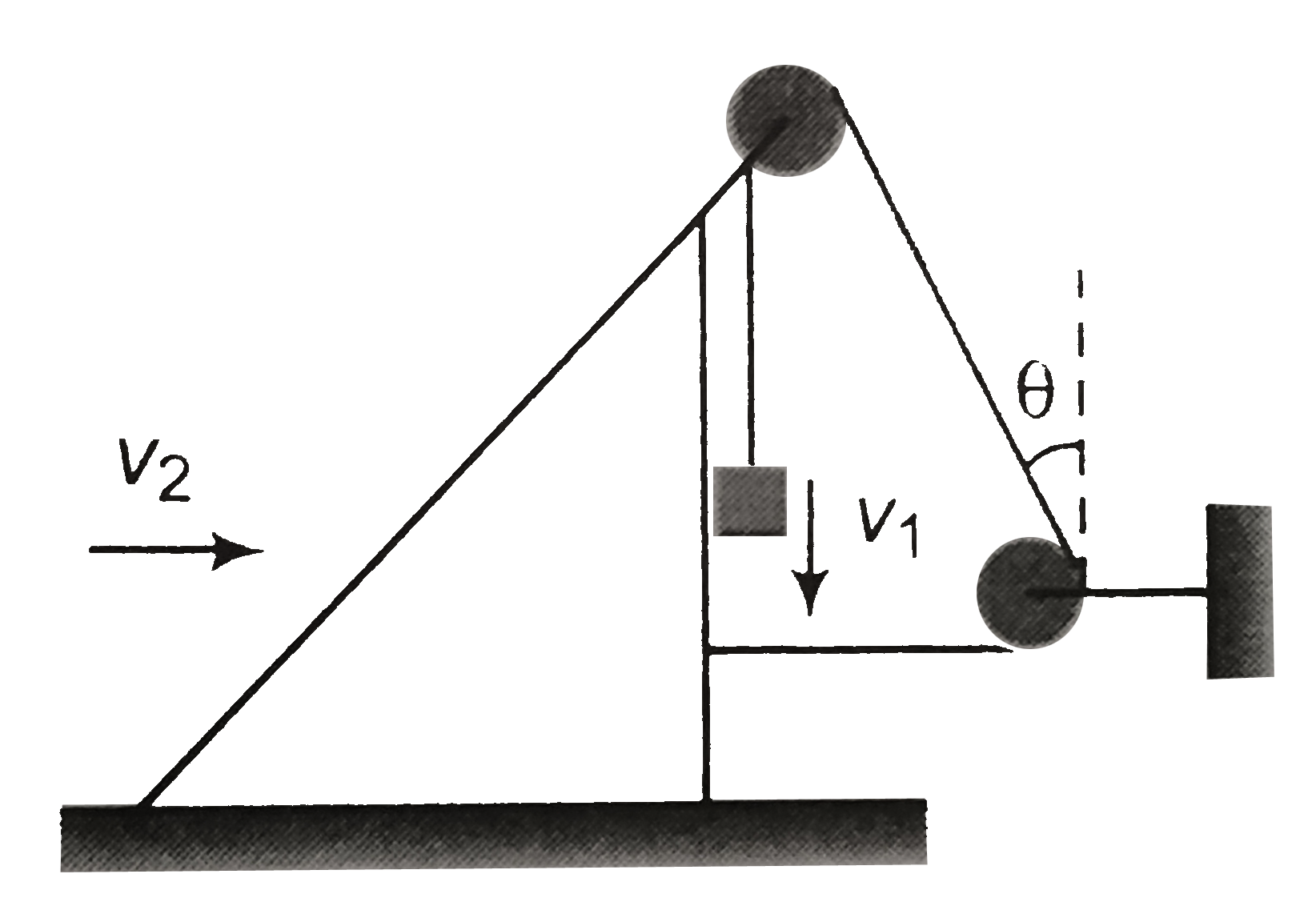v1_newFlow
i=(1−x)
i=(1+x)
i=(1−x/2)
1=(1+x/2)
The correct Answer is:C
2C6H5COOH⇐⇒(C6H5COOH2)Before asso.1 molAfter asso.1−x x2
Total =1−x+x2=1−x2
∴ i=1−x/21=1−x2.
Topper's Solved these Questions
- BOOK - PRADEEPCHAPTER - SOLUTIONSEXERCISE - Competition (FOCUS) JEE (Main and Advanced)/Medical Entrance SPECIAL (II. Multiple Choice Question )7videos
SOLUTIONS
- BOOK - PRADEEPCHAPTER - SOLUTIONSEXERCISE - Competition (FOCUS) JEE (Main and Advanced)/Medical Entrance SPECIAL (III. Multiple Choice Question )13videos
SOLUTIONS
- BOOK - PRADEEPCHAPTER - SOLUTIONSEXERCISE - VALUE BASED QUESTIONS WITH ANSWERS7videos
SOLUTIONS
- BOOK - PRADEEPCHAPTER - REDOX REACTIONS EXERCISE - Assertion reason type question16videos
REDOX REACTIONS
- BOOK - PRADEEPCHAPTER - SOME BASIC CONCEPTS OF CHEMISTRYEXERCISE - Competition (FOCUS) JEE (Main and Advanced)/Medical Entrance SPECIAL (VIII. Assertion-Reason Type Questions)(Type II)13videos
SOME BASIC CONCEPTS OF CHEMISTRY
Similar Questions
V1, V2, V3 and V4 are the volumes of four cubes of side lengths x cm , 2x cm , 3x cm and 4x cm respectively. Some statements regarding these volumes are given below V1+V2+2V3<V4 (2) V1+4V2+V3<V4 (3) 2(V1+V3)+V2=V4 Which of these statements are correct? (a) 1 and 2 (b) 2 and 3 (c) 1 and 3 (d) 1, 2 and 3
View SolutionTwo batteries V1 and V2 are connected to three resistors as shown below. If V1=2Vand V2 = 0 V, the current I = 3 mA. If V1 = 0 V and V2 = 4V, the current I = 4mA. Now, if V1 = 10 V and V2 = 10 V, the current I will be-
 View Solution
View Solution
Knowledge Check
- Question 1 - Select One
Find the values of u and v for the following equations.
13u+v+13u−v=34
12(3u+v)−12(3u−v)=−18Au=1,v=−1Bu=−1,v=−1Cu=1,v=1Du=−1,v=1 - Question 2 - Select One
Three block 1, 2 and 3 are arranged as shown in the figure. The velocities of the blockes v1 , v2 and v3 are shown in the figure. What is the relationship between v1 , v2 and v3 ?
 A2v1+v2=v3Bv1+v2=v3C2v1+2v2=v3DNone of these
A2v1+v2=v3Bv1+v2=v3C2v1+2v2=v3DNone of these - Question 3 - Select One
The ratio of de broglie wavelength of electron accelerated through potentials V1 and V2 is 1:2 the ratio of potentials V1:V2 is
A4:1B1:4C1:2D2:1
A point moves with uniform acceleration and v1,v2,v3 denote the average velocities in the successive intervals of times v1,v2,v3 . Then v1−v2v2−v3=t1+t2t2+t3
View SolutionIn the following diagram if V2>V1 then
 View Solution
View SolutionIf V2andV1 are the velocity of sound in soid and liquid, respectively, then V1V2.
View SolutionA particle moves along a straight line. Its velocity and speed are denoted by v1 and v2. The quantity v1v2
View SolutionIn the figure block moves downwards with velocity v1, the wedge rightwards with velocity v2. The correct relation between v1 and v2 is
 View Solution
View Solution

